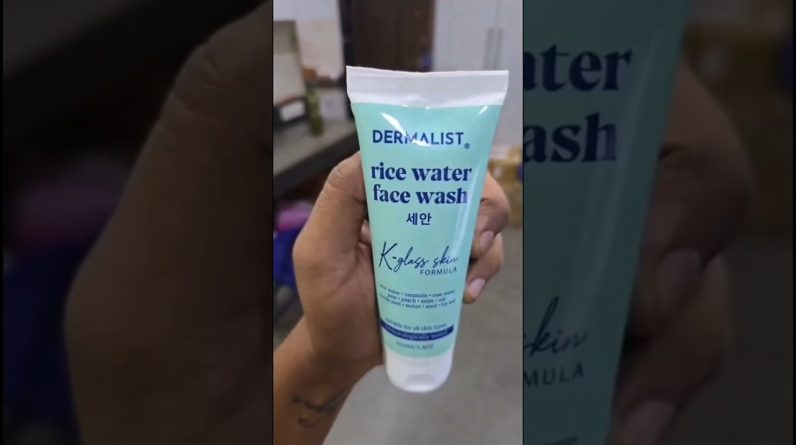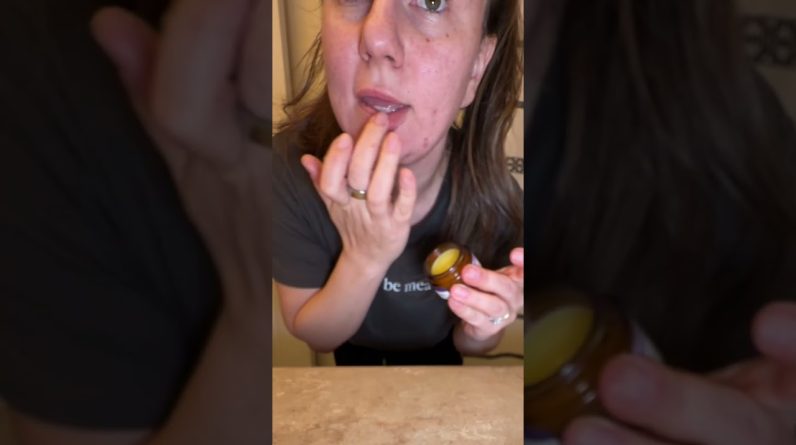🦶We review Ingrown Toenail Self-Care, how to fix an ingrown toenail & review ingrown toenail treatments!🦶
Top products & how to fix an ingrown toenail:
An ingrown toenail, or onychocryptosis, occurs when the edge or corner of the toenail grows into the surrounding skin, causing pain, inflammation, and potential infection. It most commonly affects the big toe but can occur on any toe.
Causes:
Several factors can contribute to the development of an ingrown toenail:
Improper nail trimming: Cutting the nails too short or rounding the corners excessively can encourage the nail to grow into the surrounding skin.
Trauma or injury: Stubbing the toe or having the toe stepped on can develop an ingrown toenail.
Hereditary factors: Some people have a genetic predisposition to ingrown toenails.
Footwear: Wearing tight-fitting shoes or socks that pressure the toes can increase the risk of ingrown toenails.
Nail abnormalities: Irregularly shaped or curved nails are more prone to becoming ingrown.
Symptoms:
The signs and symptoms of an ingrown toenail may include:
Pain and tenderness along the side of the toenail.
Redness, swelling, and inflammation around the affected area.
The skin over the ingrown nail may become infected, leading to pus or drainage.
Difficulty walking or wearing shoes due to discomfort.
Increased sensitivity to pressure or touch.
Treatment:
Mild to moderate ingrown toenails can often be managed at home. However, a healthcare professional should evaluate and treat severe cases or those accompanied by an infection. Treatment options include:
Soaking the foot: Soaking the affected foot in warm water for 15-20 minutes several times a day can help reduce pain and swelling. Adding Epsom salt or a mild antiseptic solution to the water may also be beneficial.
Proper nail trimming: Trim the nails straight across, avoiding excessively short cutting and rounding the corners. It is advisable to use clean, sterilized nail clippers or scissors.
Lift and separate: Gently lifting the ingrown portion of the nail and placing a small piece of cotton or dental floss under it can help relieve pressure and encourage the nail to grow correctly.
Antibiotic ointment: Applying an over-the-counter ointment to the affected area can help prevent infection.
Pain relief: Over-the-counter pain relievers, such as acetaminophen or ibuprofen, can help alleviate pain and reduce inflammation.
If the ingrown toenail persists, worsens, or becomes infected, medical intervention may be necessary. A healthcare professional may perform procedures such as partial nail avulsion (removal of the ingrown portion of the nail) or total nail avulsion (removal of the entire nail). In some cases, antibiotics may be prescribed to treat or prevent infection.
Prevention:
To prevent ingrown toenails, consider the following preventive measures:
Trim toenails straight across and avoid rounding the corners.
Wear comfortable shoes that provide adequate room for the toes.
Maintain good foot hygiene by keeping the feet clean and dry.
Protect the toes from injury or trauma.
Avoid picking at the nails or trying to forcefully remove ingrown portions.
👉 Shoes 👈
Best Shoes:
Best Products:
📢Come See Us in Detroit, Michigan, Berkley Michigan; Bloomfield Hills, Michigan, Lansing Michigan; and Grand Blanc Michigan📢
If you are in Michigan, consider seeing us at our clinic:
👉 LINKS 👈
Disclaimer: This video and description contain affiliate links, which means we may receive a commission if you click on one of the product links. I appreciate your support of this channel!
DISCLAIMER:
Dr. Tomasz Biernacki received his Doctor of Podiatric Medicine degree from Kent State College of Podiatric Medicine in 2013; he completed his Surgical Reconstructive Foot Surgery & Podiatric Medicine Residency in 2017; he completed 2 separate traveling Fellowships in Diabetic Surgery, Skin Grafting & Nerve Surgery. He is double board certified in Podiatric Medicine and Foot & Ankle Surgery separately. His use of “doctor” or “Dr.” about himself solely refers to that degree. Dr. Biernacki is a licensed podiatrist in Michigan. This video is for general informational purposes only. It should not be used to self-diagnose and is not a substitute for a medical exam, cure, treatment, diagnosis, prescription, or recommendation. It does not create a doctor-patient relationship between Dr. Biernacki and you. It would be best to not change your health regimen or diet before consulting a physician and obtaining a medical exam, diagnosis, and recommendation. Always seek the advice of a physician or other qualified health provider with any questions regarding a medical condition.
source





![Are you craving some exfoliating magic? 🪄 [Do this for dry, eczema skin] 6 1767260696 maxresdefault](https://eczemanews.com/wp-content/uploads/2026/01/1767260696_maxresdefault-796x445.jpg)


